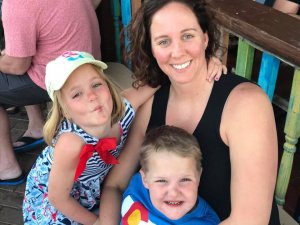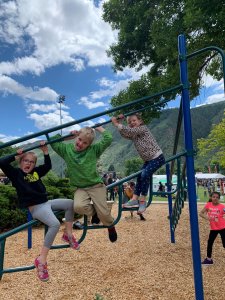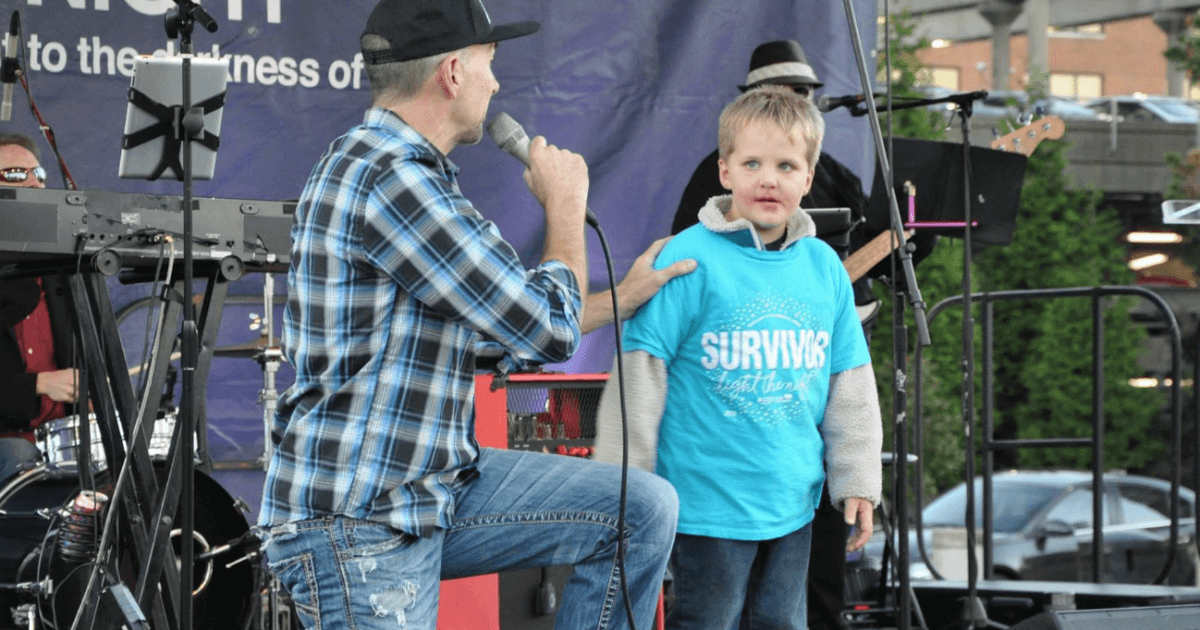It’s not everyday that a 7-year-old is happy to give away his toys. But the incredible Auden Nichols, a 7-year-old cancer survivor from Cincinnati, Ohio, did just that after being offered a shopping spree at Burlington.
The annual giveaway, done in conjunction with Burlington and the Leukemia & Lymphoma Society (LLS) gives a child with cancer the opportunity to go to town in the toy aisles. But Nichols, diagnosed with acute lymphoblastic leukemia at only 3 years old, picked out the gifts and then promptly donated them to the hospital where he’d been a patient.
Read More
Donated Toys Were Tied to Memories
Auden definitely drew on his own experience in the hospital when picking out presents to donate. For example, when he was an inpatient, he spent a period of time in isolation, Lauren recalls. Across the hall was another child in the same situation, and he had a remote control spider that Auden loved.“[The hospital] has glass windows so they could see out [ of their rooms],” she explains. The other boy “saw how excited [the toy] made Auden, so he would drive it toward his room, and then back it up. … Even though they couldn’t play together, they sort of were still playing together.”
One of Auden’s picks? Remote-control toys.

When asked whether Auden, whose prognosis is excellent, talks about his cancer, Lauren says he sometimes will share the positive moments or asks her if she remembers playing hide-and-seek in the hospital.
“The more traumatic parts,” she says, “he won’t talk about freely.” For example, Auden experienced complications with a port due to an infection. As a result, Lauren had to pack his chest with gauze. To this day, she says, he can’t stand gauze, and only occasionally will discuss what happened.
For the most part, though, Auden is visibly proud of having come so far. “We do quite a bit advocacy work, and he has no fear,” Lauren says. “He gets up and says, ‘I don’t want anybody to have cancer.'”
The Cancer’s Impact on His Twin Sister
Lauren says as hard as the cancer was on Auden, it was also difficult for his twin sister, Emery. “They’d never spent a night apart,” Lauren says. “They slept in the same room as infants, same nursery, and then they got separate rooms, but they chose to still sleep together.”
And his sister didn’t spend as much time as her parents had in the hospital with Auden. “For her, she went to school one day and came back and we were gone,” Lauren says. “Looking back from a 3-year-old’s eyes, it was very much like she was ditched.”
There are still “a lot of lingering issues that we’re going to have to work through,” Lauren shares, “but for the family as a whole I think it brought us together.”
Information About Childhood Leukemia
Leukemia is the most common type of childhood cancer. The most frequent type of childhood leukemia is acute lymphoblastic leukemia (ALL). Three out every four cases of childhood leukemia are diagnosed as acute, meaning that the leukemia can progress quickly, and if not treated, would probably be fatal within a few months.
Acute lymphoblastic leukemia is a rare cancer that occurs when the bone marrow makes too much of a type of white blood cell called lymphocytes, according to the National Cancer Institute. Signs of childhood ALL include fever and bruising. The disease can be detected using tests that examine the blood and bone marrow. Over time, there has been a lot of improvement in treatments for childhood leukemia.
There are several different approaches to treating the disease, and the treatment plan will depend on the type of ALL. Chemotherapy, radiation, chemotherapy with a stem cell transplant, and targeted therapy are all considered standard treatment, according to the American Cancer Society.
The next most common type of childhood leukemia is called acute myeloid leukemia, which occurs when the bone marrow makes a large number of abnormal blood cells called "myeloblasts." As these cells build up, they prevent the growth of healthy white blood cells, red blood cells, and platelets.
Learn more about SurvivorNet's rigorous medical review process.

